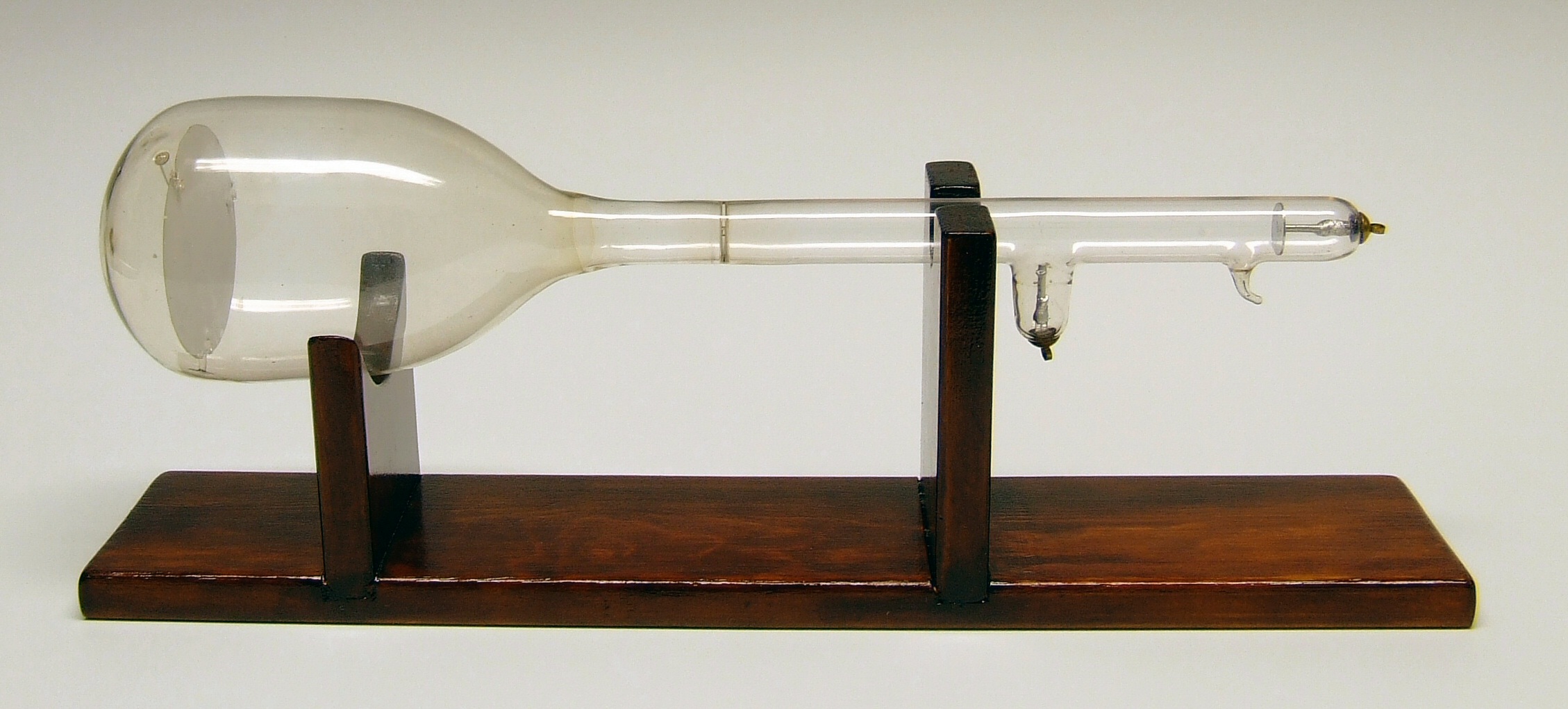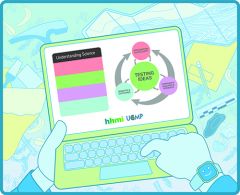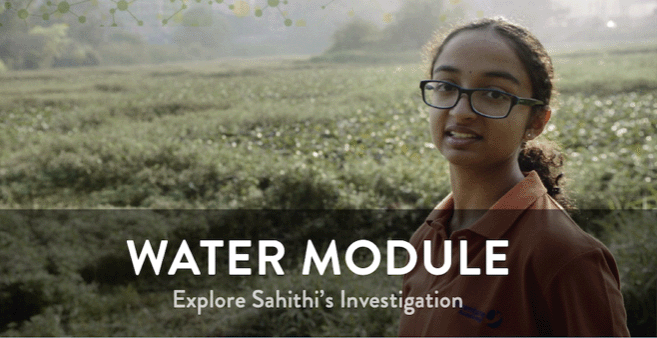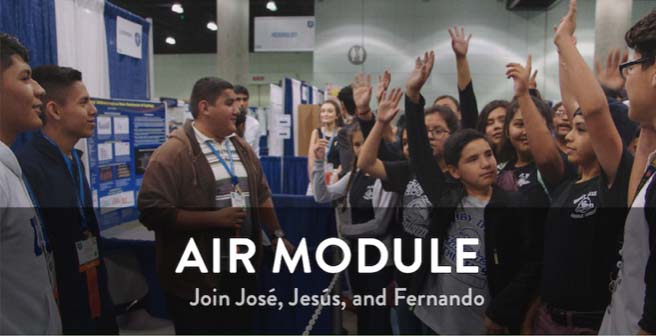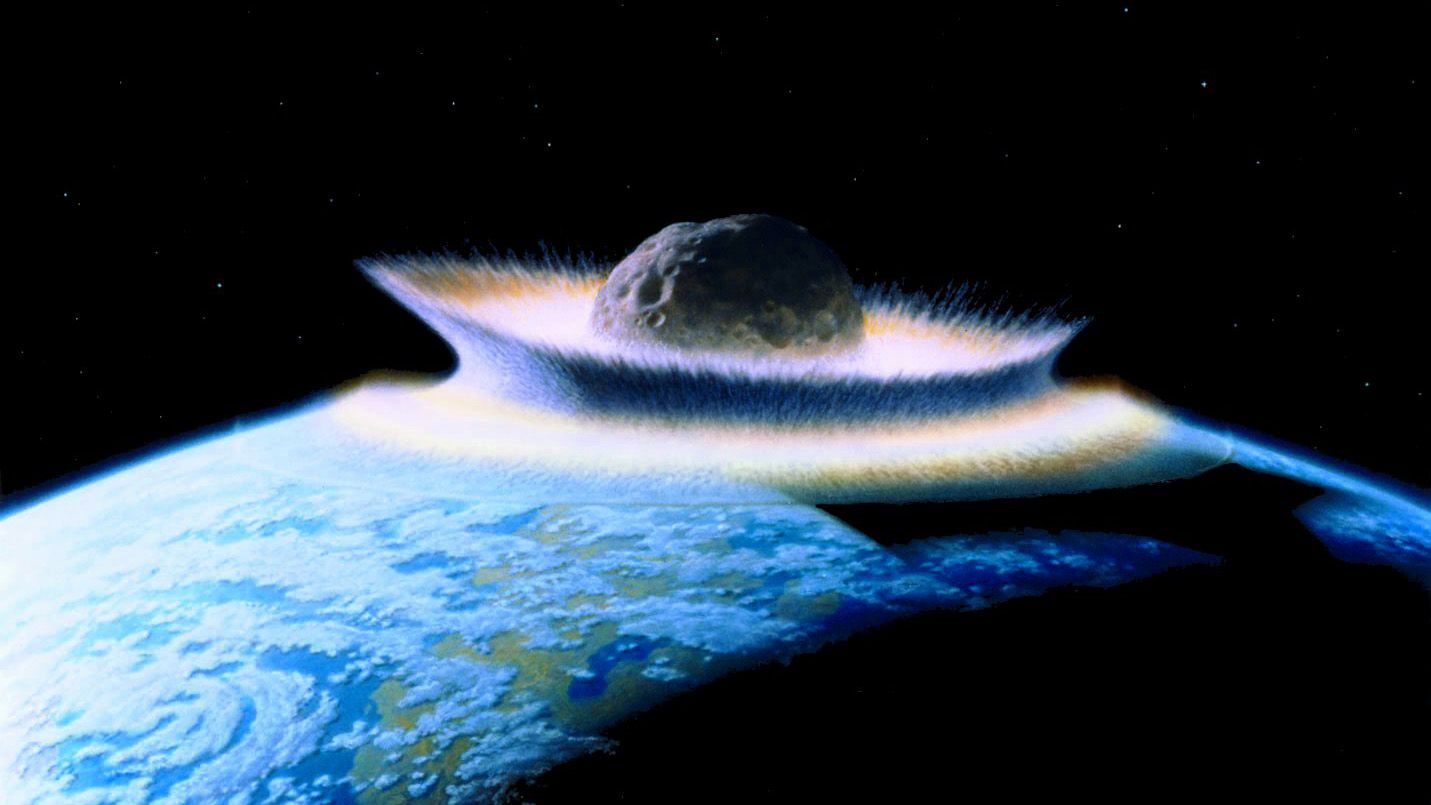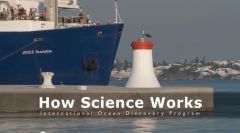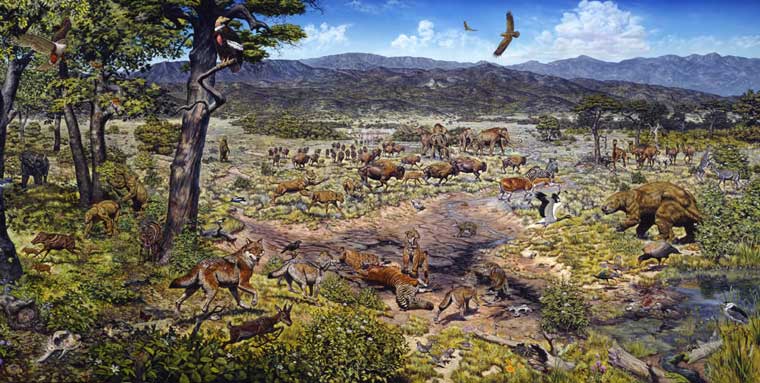Search by:
To search for teaching materials that address particular concepts in our conceptual framework, visit the teaching guide for your grade level:
K-2, 3-5 , 6-8, 9-12, or College
Found 13 resources:
Luminous
Grade Level(s):
- 9-12
- College
Source:
- Sam Smartt
Resource type:
- classroom activity
- Science Story
- video
Discipline:
- Space science
Time: 2-8 hours
Overview
The film LUMINOUS (now freely available through many libraries and the Kanopy platform) tells the story of astronomer Larry Molnar as he investigates a distant, double-star system, about which he makes a daring and explosive prediction. Interviews with Dr. Molnar’s diverse set of colleagues, collaborators, and skeptics highlight science as a community and intensely human endeavor, debunking the myth of the lone scientist conducting dispassionate research. The Luminous Science Education Toolkit provides classroom activities to support students' interpretation of the film.
Science and technology on fast forward
Grade Level(s):
- 9-12
- College
Source:
- UC Museum of Paleontology
Resource type:
- Science Story
Discipline:
- Life Science
- Physical Sciences
Time: 20 minutes
Overview
Teach about how technological and scientific advances propel one another forward, using an example that connects the cathode ray tube to modern DNA technologies. Get tips on using Science Stories in class.
Benjamin Franklin: STEM Activity Toolkit
Grade Level(s):
- 3-5
- 6-8
- 9-12
Source:
- PBS and WETA
Resource type:
- classroom activity
Discipline:
- Earth science
- Physical Sciences
Time: 1-6 hours
Overview
Ken Burns’s four-hour documentary, Benjamin Franklin, explores the revolutionary life of one of the 18th century’s most consequential figures. This STEM Activity Toolkit frames the context of the film series, and provides guidance for viewers to engage in discussions and activities around science, technology, engineering, and math.
Discovering mass extinctions in the fossil record
Grade Level(s):
- College
Source:
- UC Museum of Paleontology
Resource type:
- lab activity
Discipline:
- Earth science
- Life Science
Time: 2 hours
Overview
This activity (suitable for distance learning) is designed to introduce students to the nature and process of science through the discovery of mass extinctions in the fossil record. Students will explore the fossil record of brachiopods and bivalves using the Paleobiological Database, identify patterns in their data, and generate and evaluate hypotheses. They will also document this process using the Understanding Science flowchart. Clicking the link below will download the Word file for this lesson.
Inventing Tomorrow: Water Module
Grade Level(s):
- 6-8
- 9-12
Source:
- WGBH
Resource type:
- classroom activity
Discipline:
- Earth science
Time: 10-12 class periods
Overview
This module uses a film about student Sahithi Pingali, who investigates water quality in her hometown in Bangalore, as a jumping off point for students to expand their understanding of eutrophication and the process of science.
Inventing tomorrow: Air Module
Grade Level(s):
- 6-8
- 9-12
Source:
- WGBH
Resource type:
- classroom activity
Discipline:
- Earth science
Time: 10-12 class periods
Overview
This module (on the right) uses a film about students José, Jesús, and Fernando, who investigate smog in their town in Mexico, as a jumping off point for students to expand their understanding of air pollution, global warming, and the process of science.
Introducing the Understanding Science Flowchart to middle school students
Grade Level(s):
- 6-8
Source:
- UC Museum of Paleontology
Resource type:
- classroom activity
Discipline:
- Earth science
Time: 1-2 class periods
Overview
Students read a story about Walter Alvarez and then plot his scientific journey on the Understanding Science Flowchart. Students find that science is seldom a linear story.
Introducing the Understanding Science flowchart
Grade Level(s):
- 9-12
- College
Source:
- UC Museum of Paleontology
Resource type:
- classroom activity
Discipline:
- Earth science
Time: 90 minutes
Overview
Students participate in a quick activity and discuss whether they were doing science. They then read a story about Walter Alvarez, discuss the process of science, and trace his scientific journey using the Science Flowchart.
Ozone depletion: Uncovering the hidden hazard of hairspray
Grade Level(s):
- College
Source:
- UC Museum of Paleontology
Resource type:
- Science Story
Discipline:
- Earth science
- Physical Sciences
Time: 2 hours
Overview
Follow a group of scientists from around the world as they work together to understand - and then help fix - a problem that threatens the future of the planet: a hole in the ozone layer. Get tips for using science stories in class.
Asteroids and dinosaurs: Unexpected twists and an unfinished story
Grade Level(s):
- 9-12
- College
Source:
- UC Museum of Paleontology
Resource type:
- Science Story
Discipline:
- Earth science
- Life Science
Time: 2 class periods
Overview
This story uses the Science Flowchart to map Walter Alvarez's scientific journey as he investigates an intriguing hypothesis about the extinction of the non-Avian dinosaurs. Get tips for using science stories in class.
How science works
Grade Level(s):
- 6-8
- 9-12
Source:
- OceanLeadership
Resource type:
- Science Story
- video
Discipline:
- Earth science
Time: 10 minutes
Overview
This video uses the Understanding Science flowchart to describe how a team of scientists investigates climate change throughout Earth's history with ocean sediment cores.
How science works
Grade Level(s):
- 6-8
- 9-12
- College
Source:
- California Academy of Sciences
Resource type:
- Science Story
- video
Discipline:
- Life Science
Time: 10 minutes
Overview
This Science in Action video uses the Understanding Science Flowchart to follow arachnologist Charles Griswold and colleagues as they describe the process involved in an exciting new spider discovery.
What is it about Los Angeles?
Grade Level(s):
- 9-12
- College
Source:
- UC Museum of Paleontology
Resource type:
- Science Story
Discipline:
- Earth science
- Life Science
Time: 5 min
Overview
This Science Short illustrates the idea that answering one scientific question leads to other scientific questions in the context of research about fossil insects. Get tips on using Science Stories in class.


